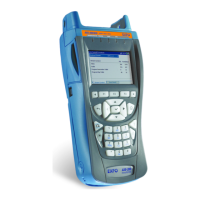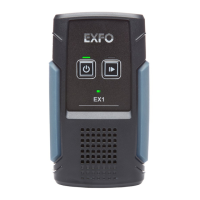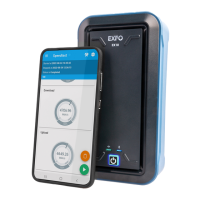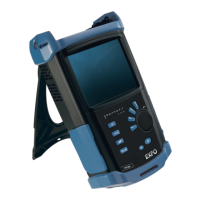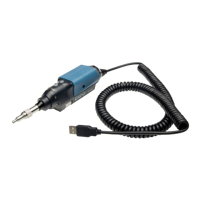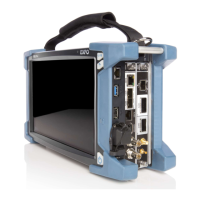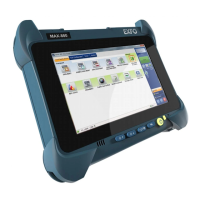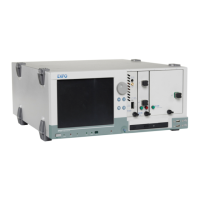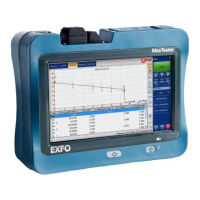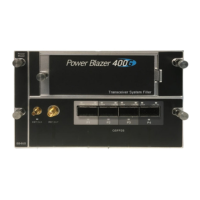What to do if my EXFO Test Equipment unit is not responding?
- AAnthony MartinAug 3, 2025
If your EXFO Test Equipment unit is not responding, shut it down by pressing and holding the power button. You will hear a first beep; release the key after you hear a second beep. Turn the unit on again to reset it.
